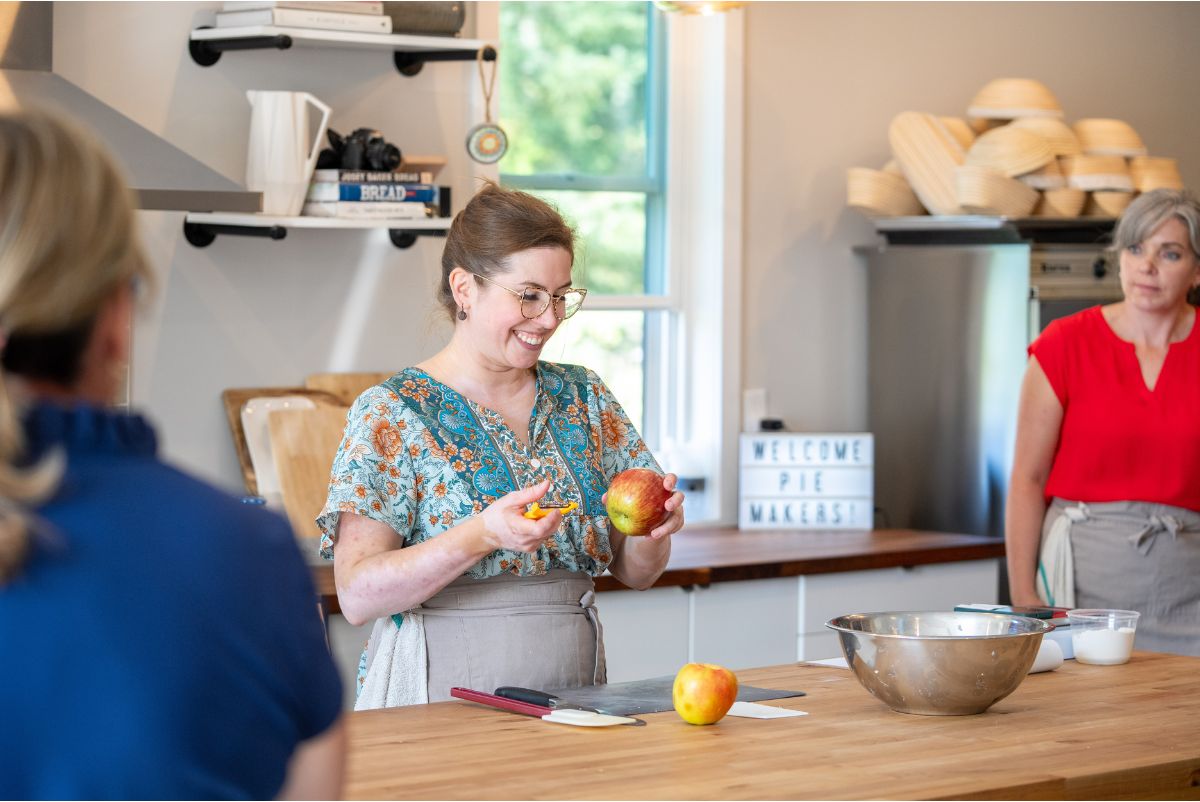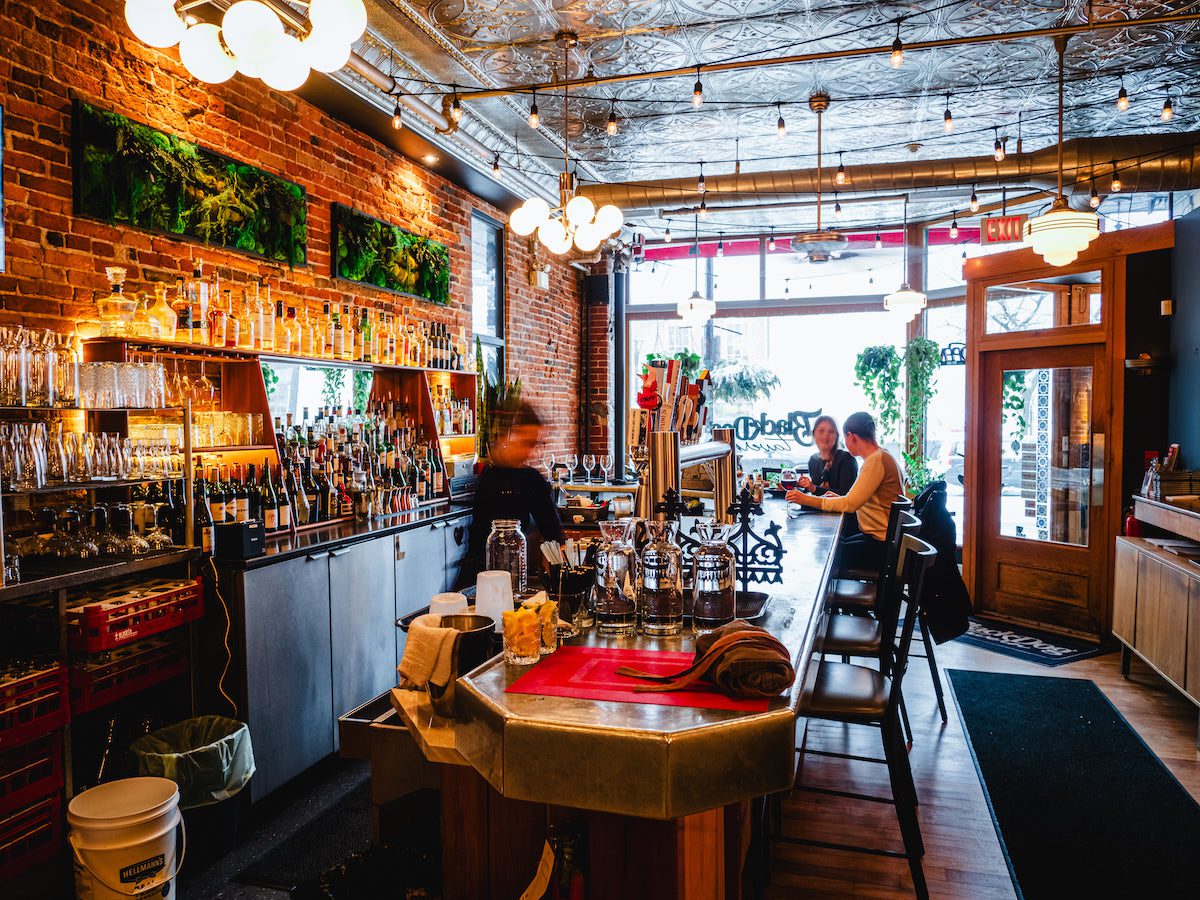In 2009, Paul Cocchio along with his son Brad, went a little a nuts — or so it seems. The father-son team decided to start Ontario’s first Pacific White Shrimp farm 800 kilometres from the nearest ocean. With no manual and a lot of guts, they converted am old pig barn into a series of salt water pools.
Seven years later, they’re raising 800 pounds of fresh shrimp a week. That’s not to say it wasn’t a struggle. Paul has repeatedly spoken about the challenges of such an endeavour. It took two years alone to get the shrimp added to the list of species that can be legally farmed in Ontario. It makes sense then, that the duo would call their new business “First Ontario Shrimp Farm“.

“Shrimp is in just about every restaurant and it’s all imported. There are some Canadian harvests but they’re small and these bigger shrimp are all imported. So we knew there was a good market,” said Paul Cocchio to The Globe & Mail late last year.
Besides being innovative in and of itself, the farm provides a glimpse into food innovation of the future and avoids the environmental disasters that plague the marine shrimp industry. There’s no clear cutting, no by-catch, no cocktail of creepy antibiotics and chemicals.
Ontario’s First is also zero-discharge; which means no solid or liquid waste is left over after the shrimp growing process. It’s actually pretty cool. The bacteria that’s in the water is consuming the waste from the shrimp, the excess feed, and all the other excess junk floating about in the tanks. When the bacteria gets to out of hand, the shrimp eat it. This is just one of the reasons the project was recently Ocean Wise Certified.
Ultimately though, this is just the first step of finding a more ecologically friendly way of enjoying seafood in Ontario. Americans consume more than a billion pounds of shrimp a year — with Ontario’s per quota consumption hovering around the same amount. There are a few more inland shrimp farms on the horizons for our big, hungry province and similar operations exist in British Columbia for crawfish and spot prawns.
What do you think about inland farmed shrimp?
Would you cook with it?
We sure would love to try!




